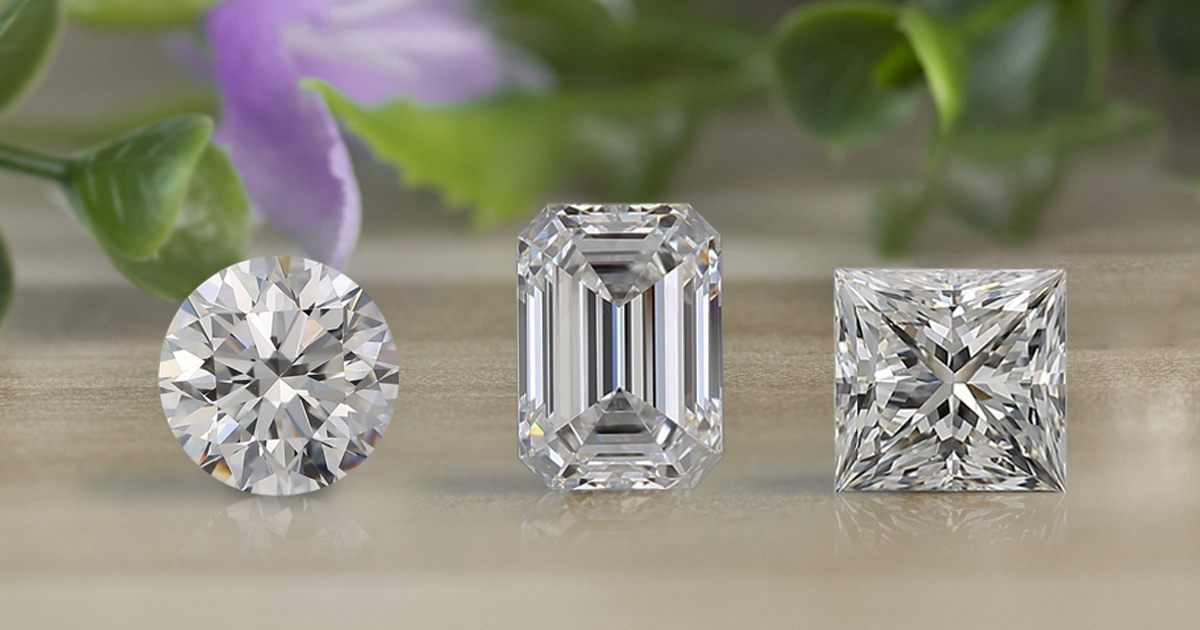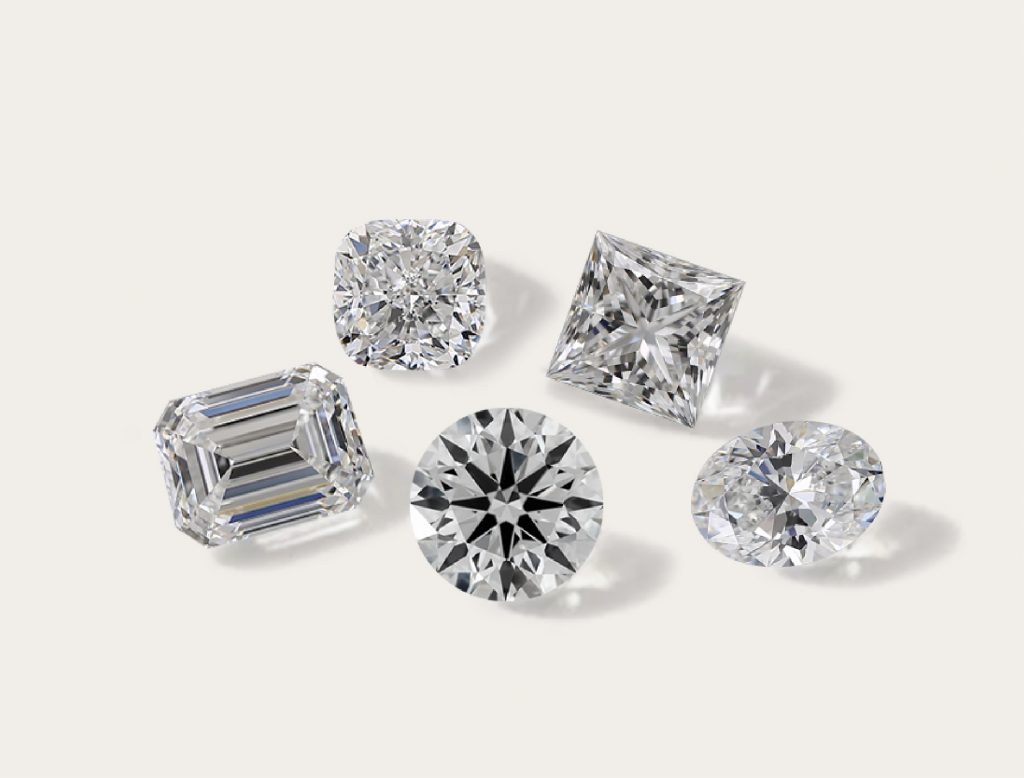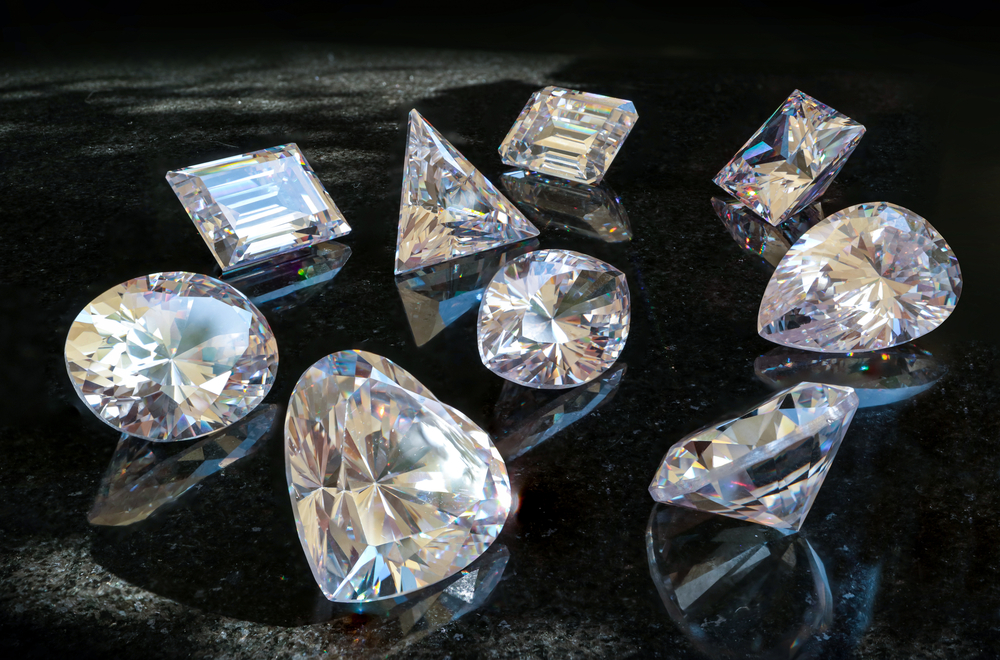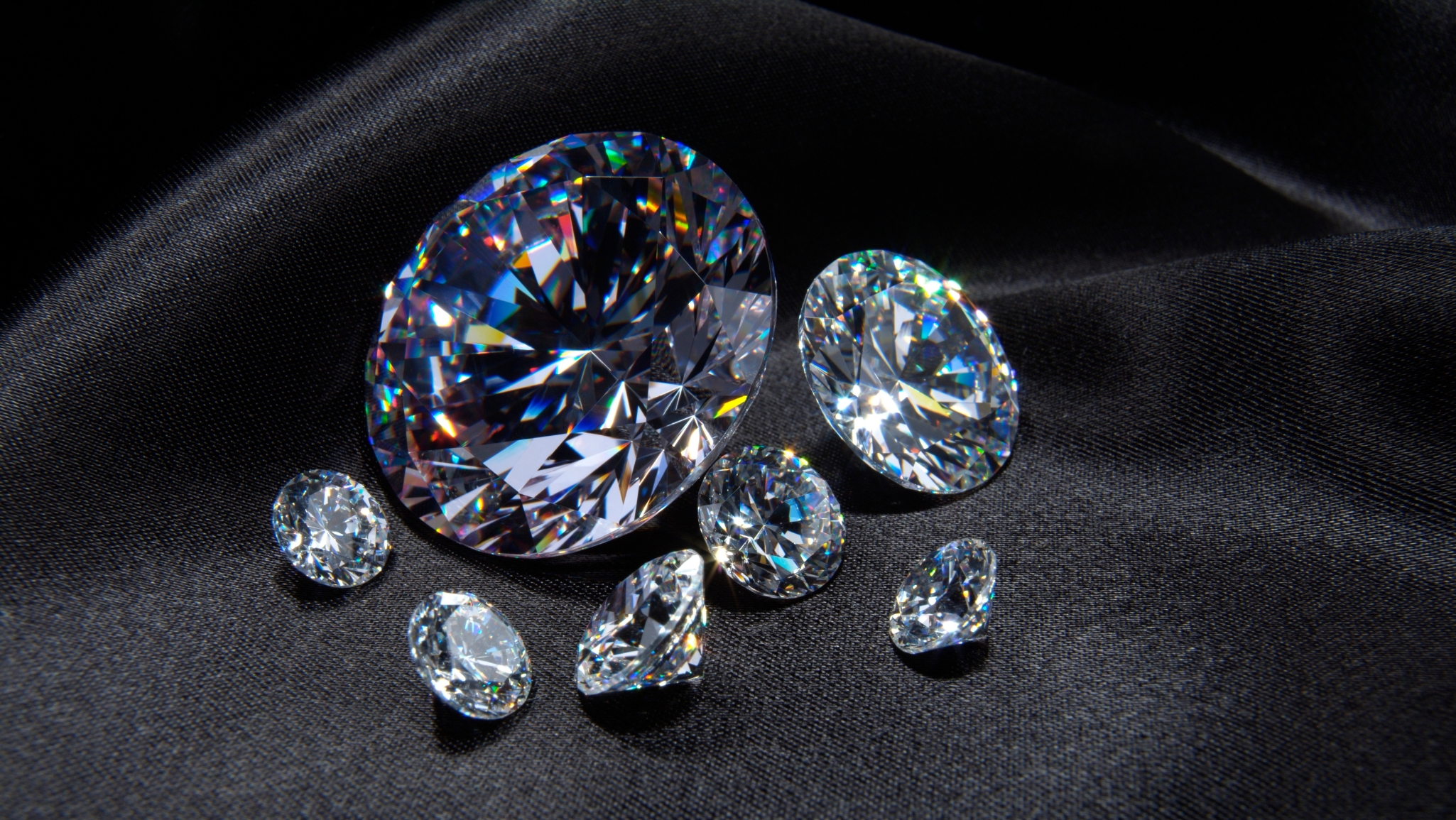Lab Grown Diamonds Are the Future

In an era where sustainability and ethics are at the forefront of consumer choices, the jewelry industry is undergoing a remarkable transformation. The advent of lab grown diamonds is revolutionizing the market, offering a compelling alternative to traditionally mined diamonds. But what makes these diamonds so special? Are they really as good as the natural ones? And why should you consider choosing them for your next piece of jewelry?
The Science Behind Lab Grown Diamonds
Lab Grown Diamonds Are the Future created using advanced technological processes that replicate the natural conditions under which diamonds form in the Earth’s mantle. There are two primary methods: High Pressure High Temperature (HPHT) and Chemical Vapor Deposition (CVD).
- HPHT Method: This technique simulates the high pressure and temperature conditions that occur in the Earth’s crust. A small diamond seed is placed in carbon, subjected to extreme heat and pressure, and over time, a diamond crystal forms around the seed.
- CVD Method: This method involves placing a diamond seed in a chamber filled with carbon-rich gas. The gas is ionized, breaking the molecular bonds, and the carbon atoms then deposit onto the diamond seed, growing layer by layer.
Both methods produce diamonds that are chemically, physically, and optically identical to mined diamonds. As gemologist Lisa Bissell states, “The only difference between lab grown diamonds and natural diamonds is their origin.”
Environmental and Ethical Advantages
One of the most significant advantages of lab grown diamonds is their minimal environmental impact compared to traditional mining. Diamond mining is known for its destructive environmental practices, including habitat destruction, soil erosion, and extensive use of water and energy resources.
- Reduced Carbon Footprint: Lab grown diamonds have a significantly lower carbon footprint. The energy required to produce them, especially with advances in renewable energy sources, is far less than that needed for mining operations.
- Ethical Sourcing: Unlike some mined diamonds, which have been associated with unethical practices and conflicts, lab grown diamonds offer a guilt-free option. They are free from the human rights abuses often linked with diamond mining in war-torn regions.
Quality and Value Proposition
Are lab grown diamonds truly as good as natural ones? The answer is a resounding yes. These diamonds share the same physical properties, including hardness, brilliance, and clarity.
- Quality Assurance: Lab grown diamonds are often of higher quality because the conditions in the lab can be controlled. This reduces the likelihood of inclusions and imperfections that are common in natural diamonds.
- Value for Money: Lab grown diamonds typically cost 20-40% less than their mined counterparts. This price difference allows consumers to purchase larger or higher-quality stones for the same budget.
As renowned jeweler Anna Sheffield notes, “Lab grown diamonds are a game-changer in the industry, providing exceptional quality at a fraction of the cost.”
Consumer Trends and Market Growth
The demand for lab grown diamonds is growing rapidly, driven by a shift in consumer values towards sustainability and ethical consumption. Millennials and Gen Z, in particular, are more likely to prioritize these values when making purchasing decisions.
- Market Expansion: According to a report by Allied Market Research, the global lab grown diamond market is expected to reach $29.2 billion by 2025 lab diamonds, growing at a compound annual growth rate of 22.3%.
- Consumer Preferences: Studies show that an increasing number of consumers are willing to choose lab grown diamonds over mined ones due to their ethical and environmental benefits. This shift is also influenced by greater awareness and education about the differences between the two.
Future Prospects and Innovations
The future of lab grown diamonds is bright, with continuous advancements in technology and increasing consumer acceptance. Here are some exciting developments to look forward to:
- Technological Advancements: Innovations in production methods are making lab grown diamonds more efficient to produce, further reducing costs and environmental impact.
- Customization and Innovation: The ability to grow diamonds in a lab opens up new possibilities for customization and innovation in design. Consumers can now get diamonds in a variety of colors and shapes that are rare or impossible to find in nature.
- Integration with Technology: The integration of lab grown diamonds with wearable technology is another exciting frontier. Imagine a smartwatch encrusted with lab grown diamonds that are not only beautiful but also ethically sourced.
Conclusion
Lab grown diamonds represent a significant shift in the jewelry industry, offering a sustainable, ethical, and cost-effective alternative to traditionally mined diamonds. With their identical physical properties, reduced environmental impact, and increasing market acceptance, lab grown diamonds are undoubtedly the future. As consumer awareness and technological advancements continue to grow, so will the appeal and accessibility of these brilliant gems.
Isn’t it time to embrace the future and choose a diamond that reflects your values as well as your style? The next time you’re in the market for a piece of fine jewelry, consider the sparkling benefits of lab grown diamonds. They are not just a purchase; they are a statement.








